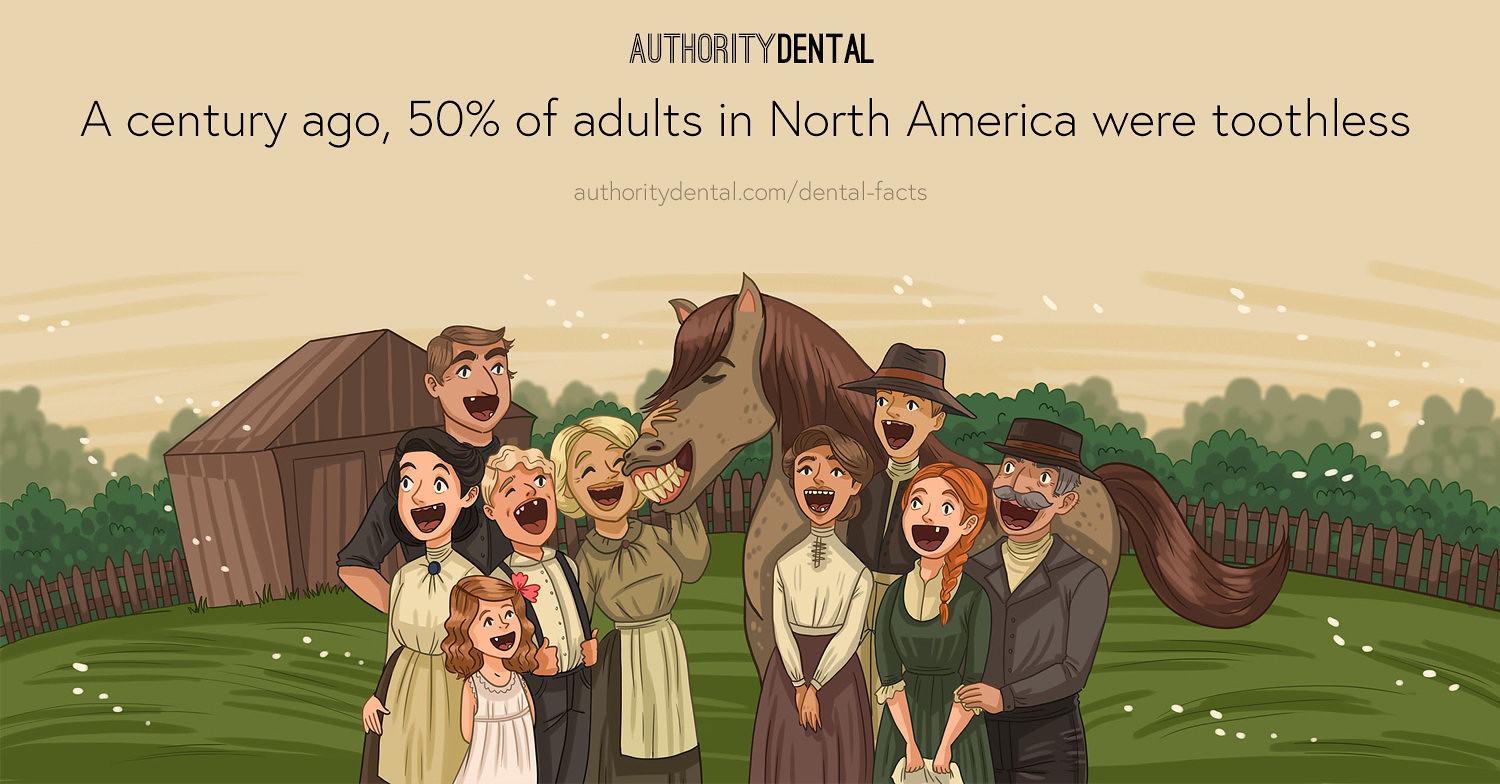
Modern Restorative Dentistry Options for Tooth Replacement
May 12, 2025 9:00 amTooth loss doesn’t just change your smile — it can affect how you eat, how you speak, and how confident you feel day to day. Thankfully, modern dentistry offers several dependable ways to fill the gap. But let’s be honest: having choices is great, until you’re trying to actually make one.
At Grand Rapids Family Dentistry, we help patients look at the big picture — not just what works, but what works for you. Some tooth replacement options are more budget-friendly. Others last longer or feel more natural. It’s not about a one-size-fits-all answer. It’s about finding the right fit for your smile and your life.
- Can last 20+ years with good care
- Helps prevent bone loss in the jaw
- Doesn’t affect neighboring teeth
- Feels and functions like a real tooth
- Higher upfront cost
- Requires healing time after surgery
- Not ideal for everyone (bone density and health matter)
- Less expensive than implants
- No surgery involved
- Usually done within a few weeks
- Requires reshaping the teeth on either side
- Doesn’t protect against bone loss in the gap
- May need to be replaced every 10–15 years
- Stays firmly in place
- Helps prevent jawbone shrinkage
- No impact on surrounding healthy teeth
- More expensive than a traditional bridge
- Includes surgery and recovery time
- May not be fully covered by insurance
- Budget-friendly
- Can replace several teeth at once
- Non-surgical and easy to update
- May feel bulky or loose at first
- Can shift while eating or talking
- Won’t stop bone loss under the gums
- More secure while eating or speaking
- Helps maintain jawbone health
- Feels more natural than traditional dentures
- Higher cost than regular dentures
- Requires surgery and multiple visits
- Insurance may only partially cover it
Dental Implants: Long-Term Support That Feels Natural
Implants are one of the most durable and natural-feeling ways to replace a tooth. A titanium post is placed in the jawbone and topped with a custom crown that blends right in.
Pros:
Cons:
Implants can also anchor bridges or dentures, making them more stable and secure.
Dental Bridges: A Fixed Solution Without Surgery
A bridge replaces one or more missing teeth by connecting to healthy teeth nearby. It’s a popular option when implants aren’t the best choice — or when time and cost are factors.
Pros:
Cons:
Bridges work especially well when adjacent teeth already need crowns.
Implant-Supported Bridges: A Strong Option For Multiple Missing Teeth
If you’re missing several teeth in a row, an implant-supported bridge might be the best balance of form and function. Instead of relying on natural teeth, this bridge attaches to dental implants.
Pros:
Cons:
It’s a great option if you want stability but don’t need an implant for every missing tooth.
Dentures: Full and Partial
Dentures have come a long way. Whether you’re replacing all your teeth or just a few, today’s dentures are more comfortable and natural-looking than ever before. Plus, with the digital scanning technology at Grand Rapids Family Dentistry, you’ll get precise dentures in fewer visits!
Pros:
Cons:
Full dentures replace a complete arch, while partials fill in where teeth are missing alongside natural ones.
Implant-Supported Dentures: Added Stability and Comfort
Implant-supported dentures snap into place on implants in your jaw, giving you the look of a full smile with fewer compromises.
Pros:
Cons:
If traditional dentures haven’t been the right fit, this could be a more comfortable, confident alternative.
Tooth Replacement Options at Grand Rapids Family Dentistry
At Grand Rapids Family Dentistry, Dr. Kate Palmateer and Dr. Josh Palmateer take time to explain each option clearly, without pressure. Whether you’re replacing one tooth or many, we’ll help you find a tooth replacement solution that suits your health, goals, and budget.
Call our Grand Rapids, MI office today to schedule a consultation — and take the first step toward feeling good about your smile again.
Image from Authority Dental under CC 2.0
Categorised in: Restorative Dentistry
